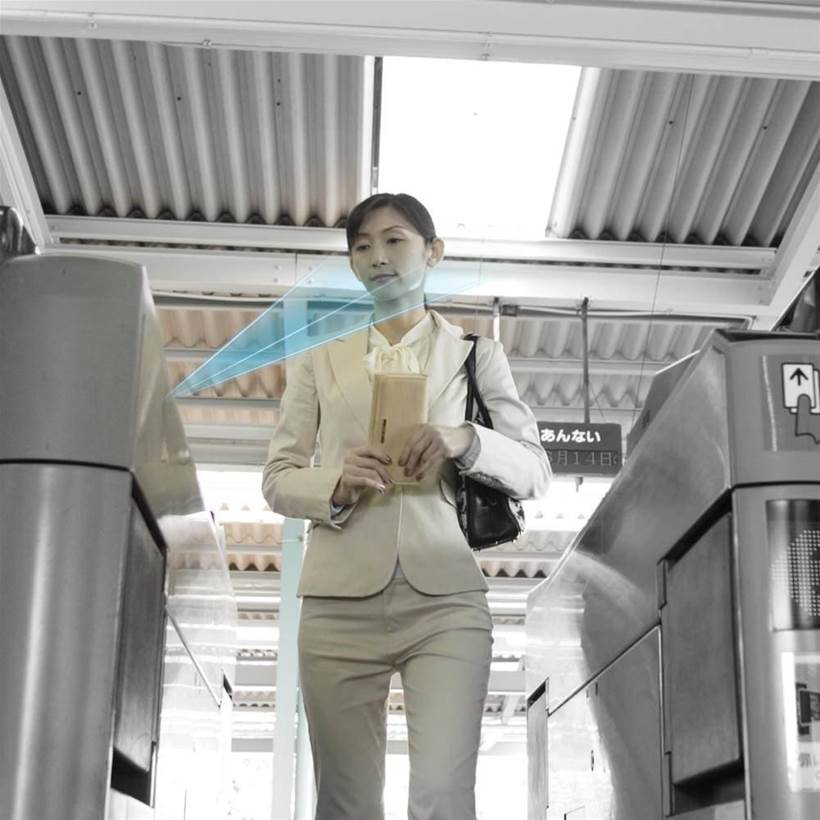An Israeli company has developed technology that enables the use of voiceprint verification for biometric authentication without the use of sound.
VocalZoom has created ‘VoiceMatch-in-Sensor’, which uses optical sensors to convert a speaker’s facial skin vibrations as they speak in real-time into a unique, noise-free voiceprint.
The optical sensor performs the biometric acquisition and template matching on-board, and eliminates the need for microphones and noise reduction software required for existing voice recognition solutions.
One of the unique benefits of such a technology is that voice recordings can no longer be used, as the speaker’s vibrations on their face are the method of authentication, rather than any audio signal.
Existing voice identification technology also typically relies on an external processor or cloud-based server to perform the authentication, whereas VocalZoom’s solution performs the verification on-chip.
According to the company, the sensor meets FIDO (Fast IDentity Online) Alliance compliance requirements, and enables easy plug-and-play installation of its biometric solution.
Tal Bakish, CEO of VocalZoom said in a statement: “We all want the simplicity of authenticating to applications and services with our voice, but until now, solutions have been complex and expensive, are not reliable in noisy environments, and are vulnerable to cloned voiceprints.”
“VocalZoom plans to deliver the industry’s first speaker verification sensor using a match-in-sensor architecture, which will drive a paradigm shift in behavioural authentication.”
VocalZoom sees this technology being applicable in a number of use cases, from smartphones and PCs, to ATMs and connected cars.
The sensor also can also be used to detect other biometric information for identification purposes, such as a speaker’s unique heartbeat and their facial characteristics.







